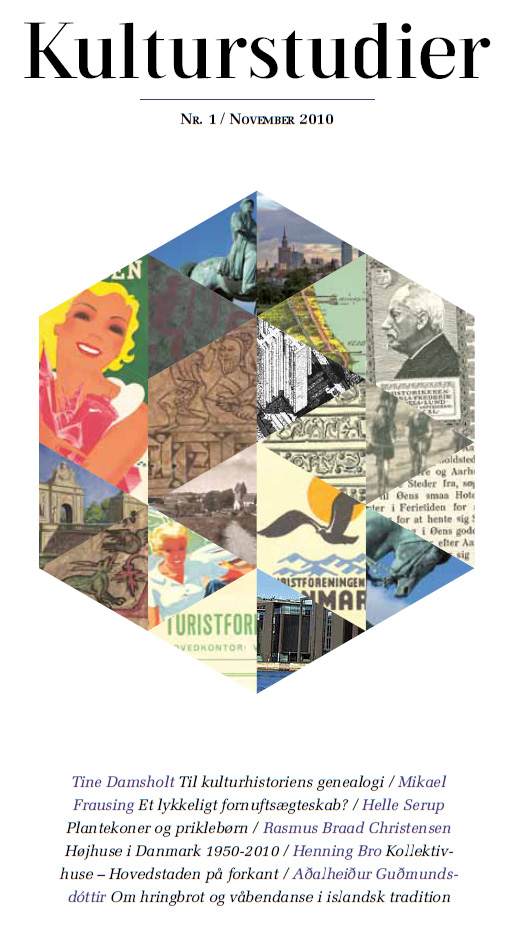Plantekoner og priklebørn – kvinder og børn som arbejdskraft ved hedens forvandling, ca. 1880-1930
DOI:
https://doi.org/10.7146/ks.v1i1.3883Nøgleord:
Skov, kvinde- og børnearbejdeResumé
Det er artiklens primære målsætning at påvise eksistensen af kvinde- og børnearbejde i skoven. Mange fotografier og erindringer henviser til dette arbejde, men vi ved reelt intet om omfanget. Her er gjort et forsøg på at beskrive og kvantificere
kvinders og børns arbejde ved produktionen af planter på Hedeselskabets planteskole i Birkebæk i perioden fra 1890 til 1932 ud fra betalingslisterne i planteskolens regnskaber. Oplysningerne heri er suppleret med erindringsbeskrivelser
og fotografier.Resultatet af undersøgelsen er et større kendskab til arbejdsfordelingen mellem kønnene. Kvinder og børn har udgjort en meget vigtig arbejdskraft i planteproduktionen, men det reelle omfang er stadig ukendt, da tallene heri udelukkende
viser en lokal situation.
Producing Plants – Women and Children as a Workforce during
the Transformation of the Jutland Heathlands, ca. 1880-1930
It is the aim of this study to document the existence of women and children working in the forest. A number of photos and memoirs mention this kind of work, but in reality we do not have much knowledge of the type and extent of this
work. Here, a qualified attempt is made at describing and quantifying the work of women and children in producing forest plants at a nursery in Birkebæk, owned by Hedeselskabet (The Danish Heath Society) during the period 1890-1932. This
is done by examining the wage accounts. Women and children are not mentioned specifically by name, but their share of the work may be gauged by looking at the wage levels. The days and hours enumerated at low pay represent the amount
of work performed by women and children. To ensure that this was actually the case, wages in the accounts were compared to the few scraps of local information available and to the statistical information on wage levels. From the accounts may be seen that the work was strictly divided on the basis
of sex and age. Men did the heavy work, such as handling the horses (ploughing, harrowing and transport work) and preparing the soil (digging and fertilizing), whilst the main tasks for women and children was weeding out and transplanting the small plants, tasks that included monotonous work in very bad working postures and requiring small hands and lots of patience. This is also borne out by contemporary photos: Women and children down on their knees weeding out
while men are performing the same job but in an upright position, using a hoe or a rake. The results of the study confirm that women and children have been important
as a workforce in the nurseries. Unfortunately, the true extent of their workhas yet to be discovered. Other studies will have to show if the situation was the same in most nurseries all over Denmark in this period – which by the author’s recollection is the most likely.
Downloads
Publiceret
Citation/Eksport
Nummer
Sektion
Licens
Tidsskriftet forbeholder sig ret til førsteudgivelsen, mens ophavsretten til artiklen tilfalder forfatteren.
Artikler udgivet af Kulturstudier licenseret under en Creative Commons Navngivelse-IkkeKommerciel-IngenBearbejdelse 4.0 International Licens





